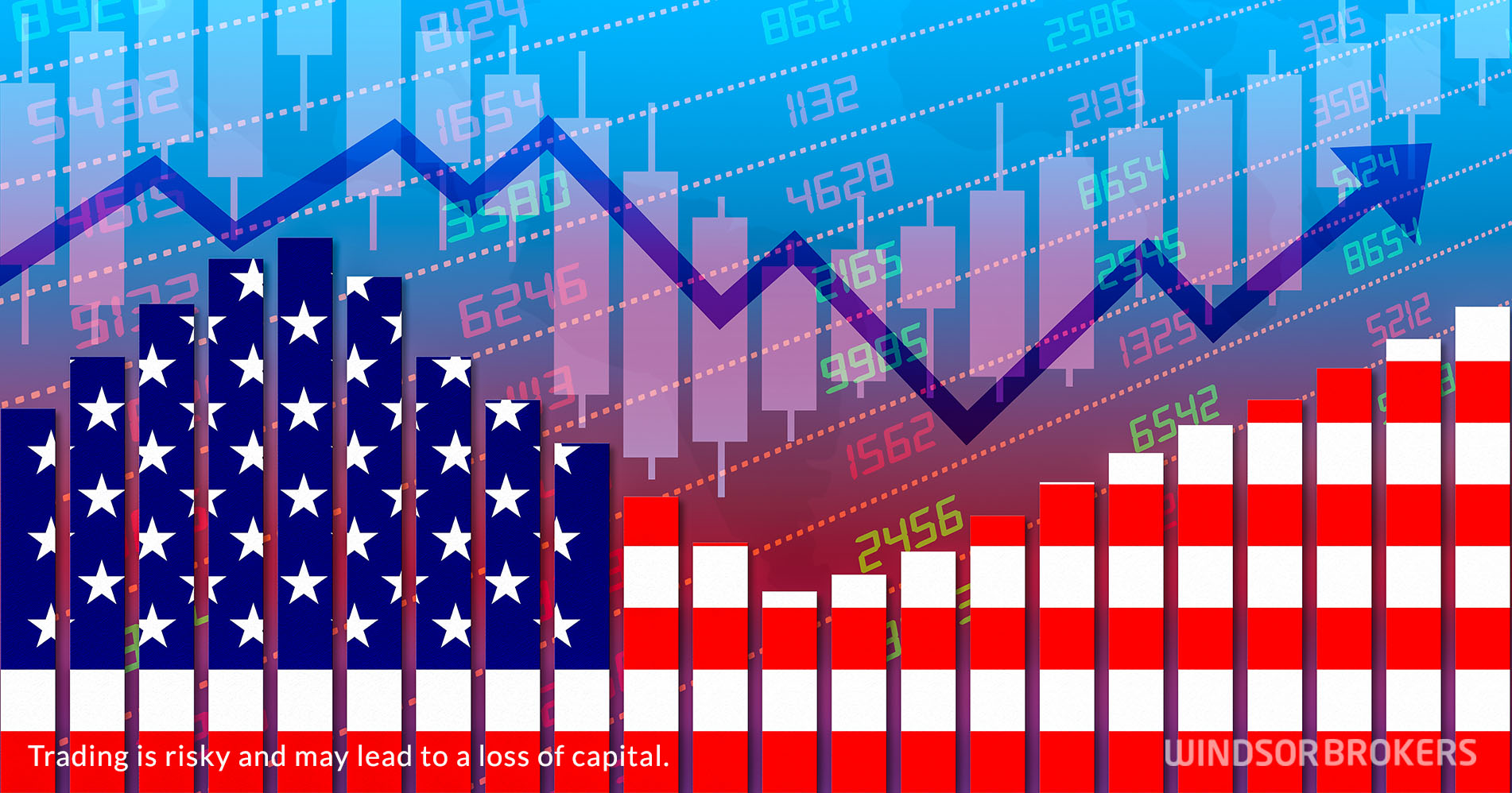US inflation ticked lower in April but remains elevated
US consumer prices increased by 0.4% in April, in line with expectations, after gaining 0.1% previous month, while annualized figure showed rise of 4.9% compared to 5.0% forecast / March advance.
Core inflation, stripped for volatile food and energy components, was unchanged at 0.4% in April and in line with expectations, though edged lower to 5.5% in the twelve months through April, meeting consensus.
April’s CPI rise was mainly driven by higher rents and gasoline prices, which rose last month after OPEC+ countries, led by Saudi Arabia, announced further production cuts, while core inflation was boosted primarily by rise in used cars, which rose for the first time in almost a year.
However, the energy cost is likely to decline, as high borrowing costs increase risk of recession and negatively impact demand outlook, while persisting stress in banking sector and approaching deadline for the federal government to raise borrowing cap and avoid scenario of default, also contribute to negative signals.
The Federal Reserve raised its benchmark overnight interest rates by additional 25 basis points to 5.00%-5.25%, bringing the total rate increase in the fastest tightening cycle in decades to 500 basis points, but signaled it may pause for the rest of the year.
The central bank remains between two opposite forces – high inflation which suggests that policymakers should stay ready for further policy tightening and negative impact from high interest rates to economic growth and threats of possible recession.
The FOMC next policy meeting is on June 13-14 and the central bank will have to decide whether to stick to announced pause in rate hikes or not, with speculations of possible rate cuts being sidelined by the fact that the US labor market remains tight.


